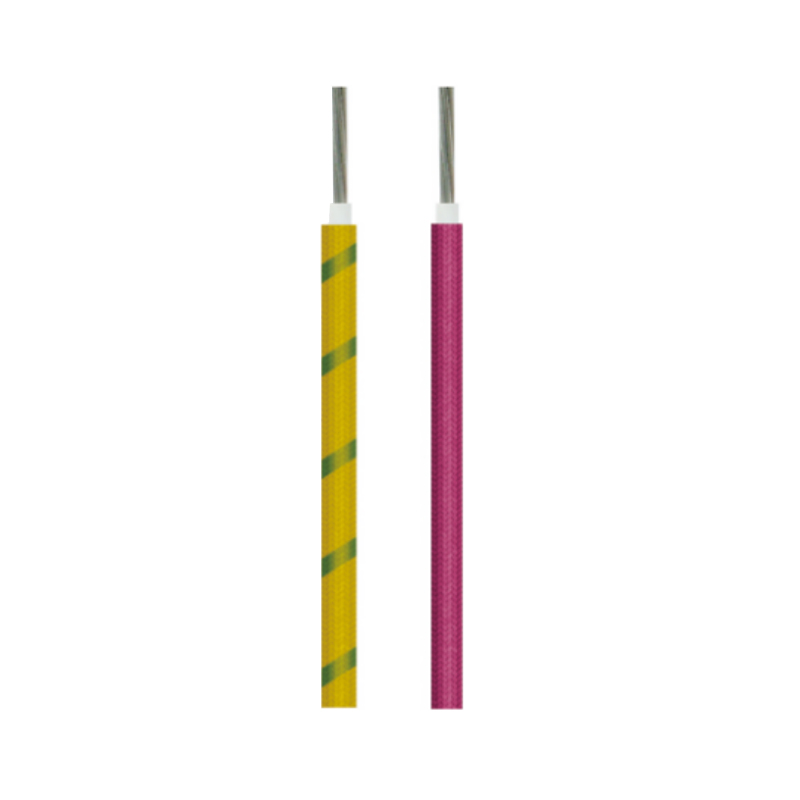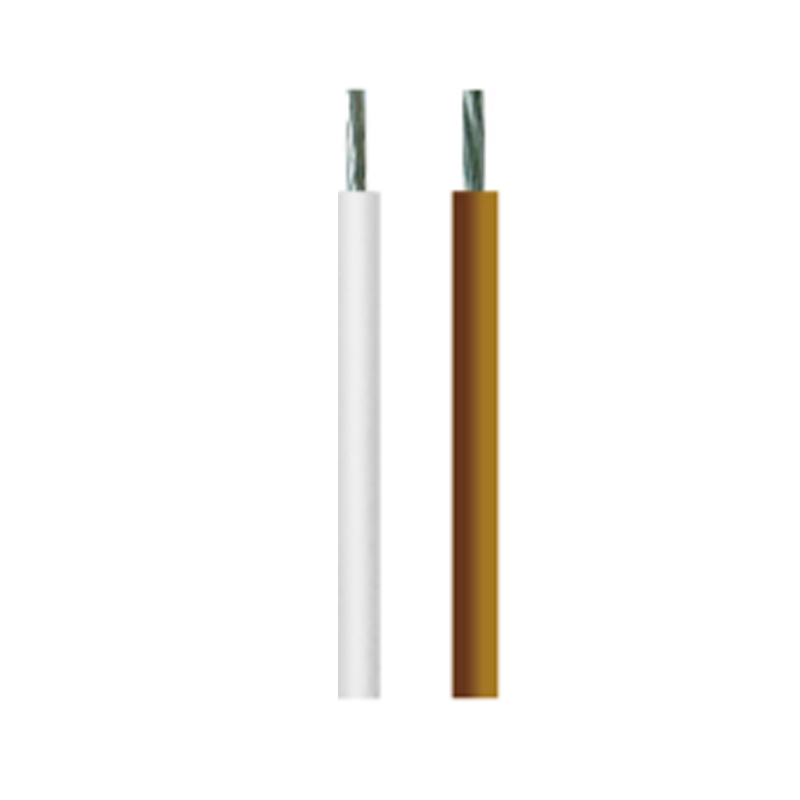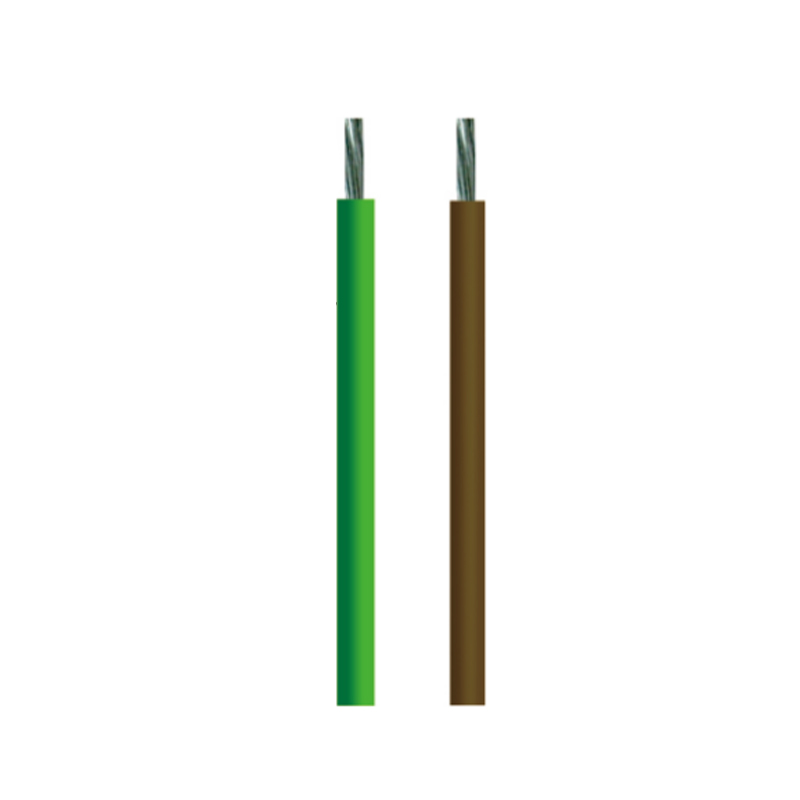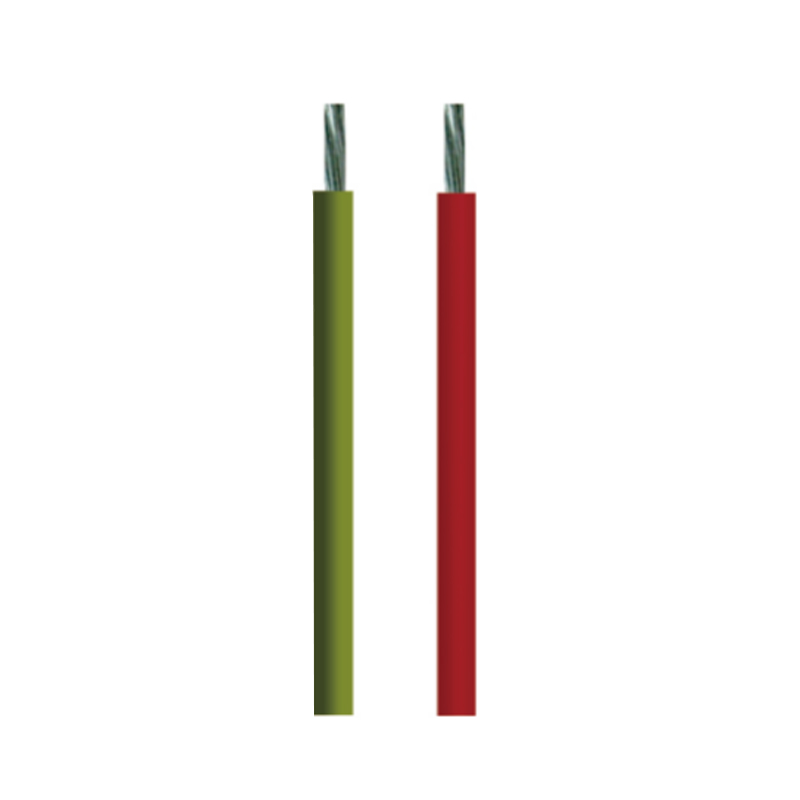Braided silicone rubber wires have become increasingly important in modern electrical and electronic applications due to their flexibility, durability, and exceptional resistance to extreme conditions. Unlike standard insulated wires, these wires feature a silicone rubber insulation layer reinforced with braided fibers, combining the elasticity of silicone with the mechanical strength of the braid. This unique construction allows the wires to maintain electrical performance, mechanical integrity, and thermal stability in environments that challenge conventional wiring.
This article explores the industries that commonly utilize braided silicone rubber wires, highlighting their applications, advantages, and reasons for widespread adoption.
Understanding Braided Silicone Rubber Wires
Braided silicone rubber wires consist of a conductive core, typically made of copper or tinned copper, covered with silicone rubber insulation. Over this insulation, a braided layer of fibers or wires is applied, enhancing mechanical strength and abrasion resistance. This structure provides a combination of:
- High flexibility, allowing repeated bending without damage.
- Thermal resistance, maintaining performance across a wide temperature range (-60°C to 200°C or higher).
- Electrical insulation, protecting against short circuits and leakage.
- Mechanical protection, resisting cuts, abrasion, and vibration.
These characteristics make braided silicone rubber wires particularly suitable for challenging industrial and high-performance applications.
1. Automotive Industry
The automotive sector is one of the largest consumers of braided silicone rubber wires. Vehicles contain complex electrical and electronic systems, and the operating environment can be extremely demanding.
Key Applications:
- Engine compartments: Wires are exposed to heat, oil, and vibration. Braided silicone rubber insulation prevents melting and abrasion.
- Sensors and control systems: Flexible wires are required to accommodate engine movement and component vibration.
- Lighting systems: Headlamps, brake lights, and interior lighting use flexible wires capable of withstanding temperature fluctuations.
Advantages in Automotive Applications:
- Thermal stability: The insulation resists heat from engines and exhaust systems.
- Flexibility: Wires bend easily in tight engine compartments.
- Chemical resistance: Silicone insulation resists oil, fuel, and antifreeze exposure.
- Durability: Reduces maintenance frequency due to longer lifespan under harsh conditions.
As vehicles increasingly incorporate electric and hybrid technologies, braided silicone rubber wires are essential for reliable power distribution and signal transmission.

2. Aerospace and Aviation
Aerospace applications impose some of the most extreme demands on wiring systems. Braided silicone rubber wires are widely used due to their resistance to temperature extremes, vibration, and fire.
Key Applications:
- Aircraft electrical systems: Power distribution, avionics, and lighting require wires that maintain conductivity under mechanical and thermal stress.
- Engine and auxiliary power units: High temperatures demand thermally stable insulation.
- Cabin systems: Passenger safety and comfort electronics require flexible, reliable wiring.
Advantages in Aerospace Applications:
- High-temperature resistance: Silicone insulation withstands engine heat and extreme environmental conditions.
- Lightweight: Braided silicone wires are lighter than many armored alternatives, important for fuel efficiency.
- Vibration resistance: The braid prevents fatigue failure from engine and turbulence-induced vibration.
- Fire resistance: Silicone’s inherent flame-retardant properties improve safety in aircraft.
The combination of safety, reliability, and flexibility makes braided silicone rubber wires a standard choice in modern aircraft electrical systems.
3. Electronics and Electrical Equipment
In consumer electronics, industrial machinery, and power systems, braided silicone rubber wires provide durable and reliable connections.
Key Applications:
- Industrial machinery: Robots, conveyor systems, and heavy-duty equipment require flexible wires that can withstand repeated motion.
- Consumer electronics: High-end appliances, computers, and medical devices benefit from wires that resist heat and bending.
- Power distribution units: Braided wires offer mechanical strength while maintaining electrical conductivity.
Advantages in Electronics:
- Flexibility for dynamic movement: Supports repeated bending in moving machinery without breaking.
- Thermal and electrical stability: Handles heat generated by high-power equipment and prevents short circuits.
- Longevity: Resistant to cracking, insulation degradation, and mechanical wear.
Industrial electronics often operate in environments with vibration, dust, or heat, making braided silicone rubber wires ideal for maintaining operational reliability.
4. Renewable Energy Industry
Renewable energy installations, including solar panels, wind turbines, and battery storage systems, demand durable and weather-resistant wiring solutions.
Key Applications:
- Solar energy systems: Connecting panels, inverters, and storage batteries requires wires that resist UV light, temperature fluctuations, and moisture.
- Wind turbines: Wires in turbine nacelles are subjected to vibration, temperature variation, and exposure to moisture.
- Energy storage systems: High-voltage battery systems require insulation that is heat-resistant and mechanically robust.
Advantages in Renewable Energy:
- Weather and UV resistance: Silicone withstands sun exposure and environmental stress without degrading.
- Thermal stability: Maintains performance under fluctuating temperatures, from sunny days to cold nights.
- Mechanical durability: The braided layer prevents abrasion from vibration and movement.
By using braided silicone rubber wires, renewable energy systems achieve long-term reliability and minimal maintenance, which is critical for remote installations.
5. Medical and Healthcare Equipment
Medical devices often require flexible, insulated wires that perform reliably in sensitive and sometimes sterilized environments.
Key Applications:
- Diagnostic equipment: MRI machines, CT scanners, and patient monitoring systems require durable and flexible wiring.
- Surgical tools: Electrically powered surgical instruments demand heat-resistant, flexible wires for safety and precision.
- Laboratory instruments: Equipment exposed to temperature changes or sterilization processes benefits from silicone insulation.
Advantages in Medical Applications:
- Sterilization resistance: Silicone withstands autoclaving and chemical disinfectants.
- Flexibility in compact spaces: Allows routing in tight, complex device designs.
- Durability: Reduces downtime and maintenance for critical medical systems.
The reliability and safety of braided silicone rubber wires are particularly crucial in life-saving equipment, where failure is not an option.
6. Automotive, Electronics, and High-Temperature Industrial Manufacturing
Other industrial sectors, such as metal processing, chemical plants, and high-voltage power generation, also benefit from the specialized properties of braided silicone rubber wires.
Applications include:
- Robotics and automation: Continuous motion and vibration require highly flexible, wear-resistant wires.
- High-voltage lines in industrial machinery: Silicone insulation prevents electrical leakage and withstands thermal stress.
- Heating elements and furnaces: Wires operate reliably in high-temperature environments where standard insulation would fail.
Advantages in Industrial Applications:
- High mechanical strength: Prevents abrasion and cutting in industrial settings.
- Electrical reliability: Ensures stable current transmission even in challenging conditions.
- Temperature resistance: Maintains performance at elevated operating temperatures.
These benefits contribute to long-term efficiency and reduced maintenance costs in industrial manufacturing.
Why Industries Choose Braided Silicone Rubber Wires
Across all these applications, braided silicone rubber wires are preferred for several overarching reasons:
- Flexibility and bend radius: Essential in applications with tight spaces or continuous motion.
- Thermal and chemical resistance: Ensures reliability in extreme heat, cold, or chemical exposure.
- Mechanical durability: Prevents insulation damage from abrasion, vibration, or handling.
- Electrical safety: Maintains insulation integrity, preventing shorts and leakage.
- Longevity: Reduces replacement frequency and maintenance costs.
- Versatility: Suitable for a wide range of industries, from aerospace to medical devices.
These features allow industries to optimize both performance and safety while minimizing operational risks.
Conclusion
Braided silicone rubber wires are essential components in modern high-performance electrical systems, offering exceptional flexibility, thermal stability, mechanical durability, and chemical resistance. Industries that commonly utilize these wires include:
- Automotive: For engine, lighting, and sensor systems requiring heat and vibration resistance.
- Aerospace and Aviation: For electrical systems demanding extreme temperature and vibration tolerance.
- Electronics and Industrial Machinery: For dynamic applications requiring bend-resistant and durable wiring.
- Renewable Energy: For solar, wind, and energy storage systems requiring weather and UV resistance.
- Medical Equipment: For devices needing sterilization resistance and flexible routing.
- High-Temperature Industrial Manufacturing: For environments with heat, abrasion, and electrical demands.
By selecting braided silicone rubber wires, these industries ensure long-term reliability, safety, and efficiency in environments where standard wires would fail. The combination of silicone insulation with a braided protective layer provides the ideal balance of mechanical strength, thermal resilience, and electrical performance, making these wires indispensable in modern technology and industrial applications.



 English
English عربى
عربى Español
Español









